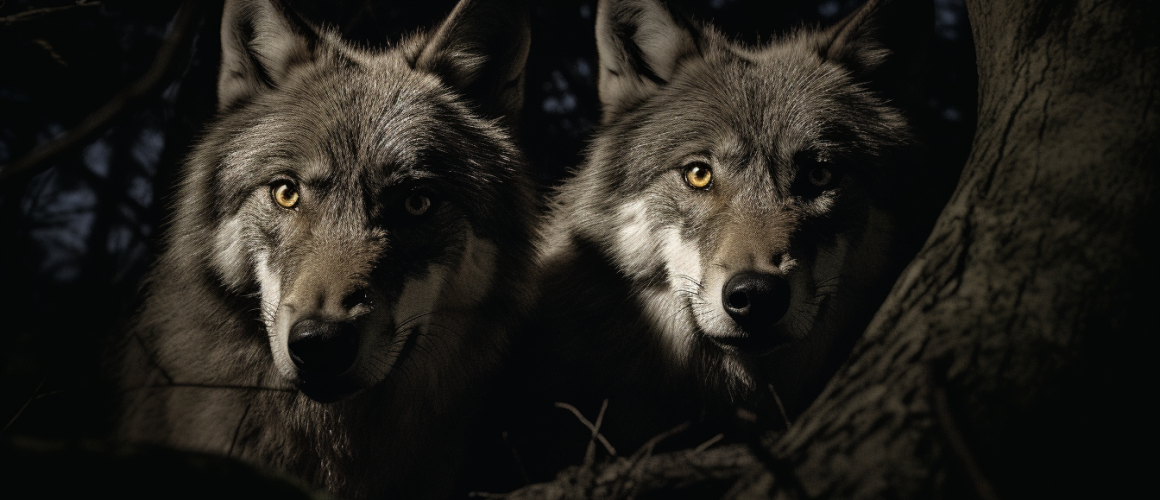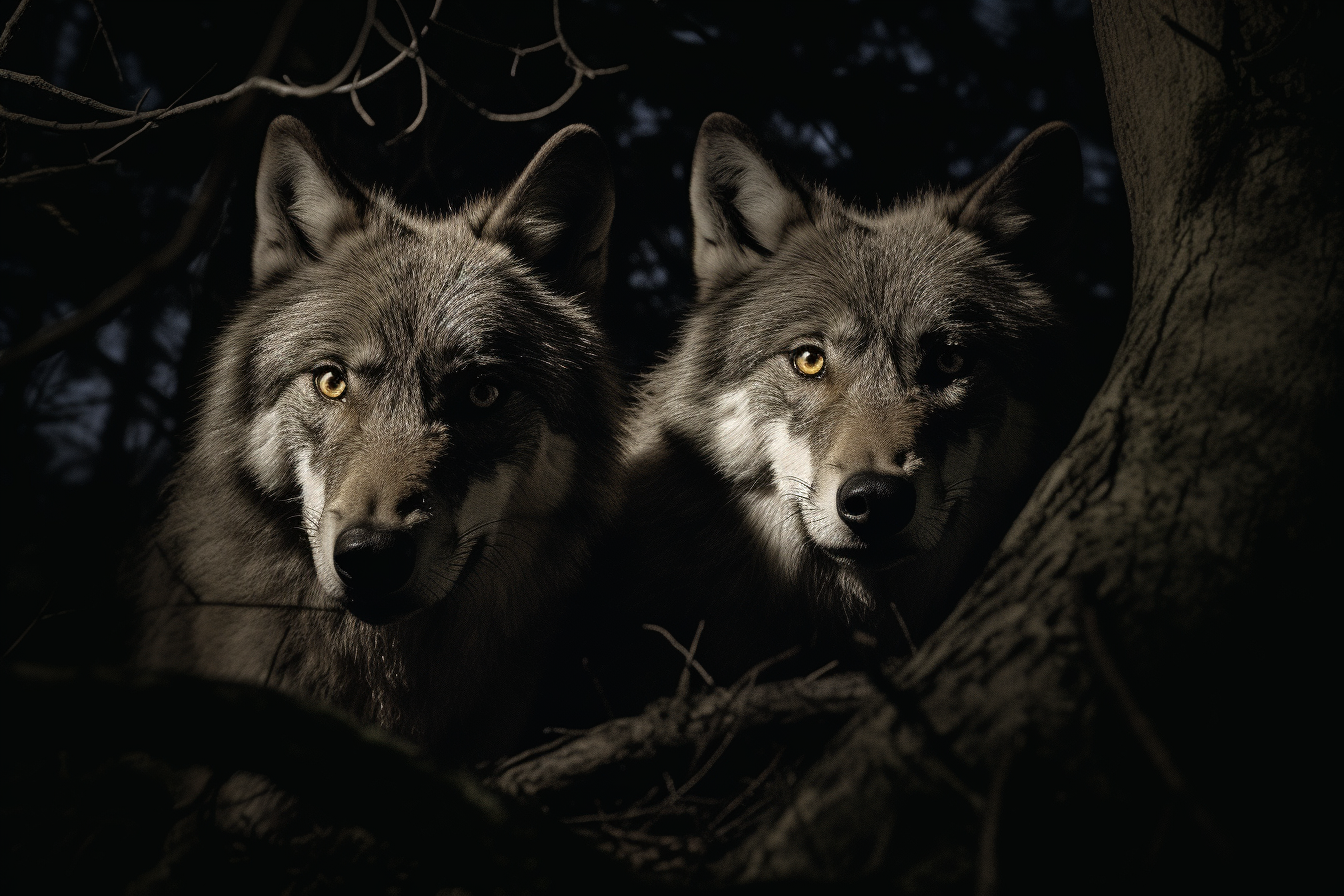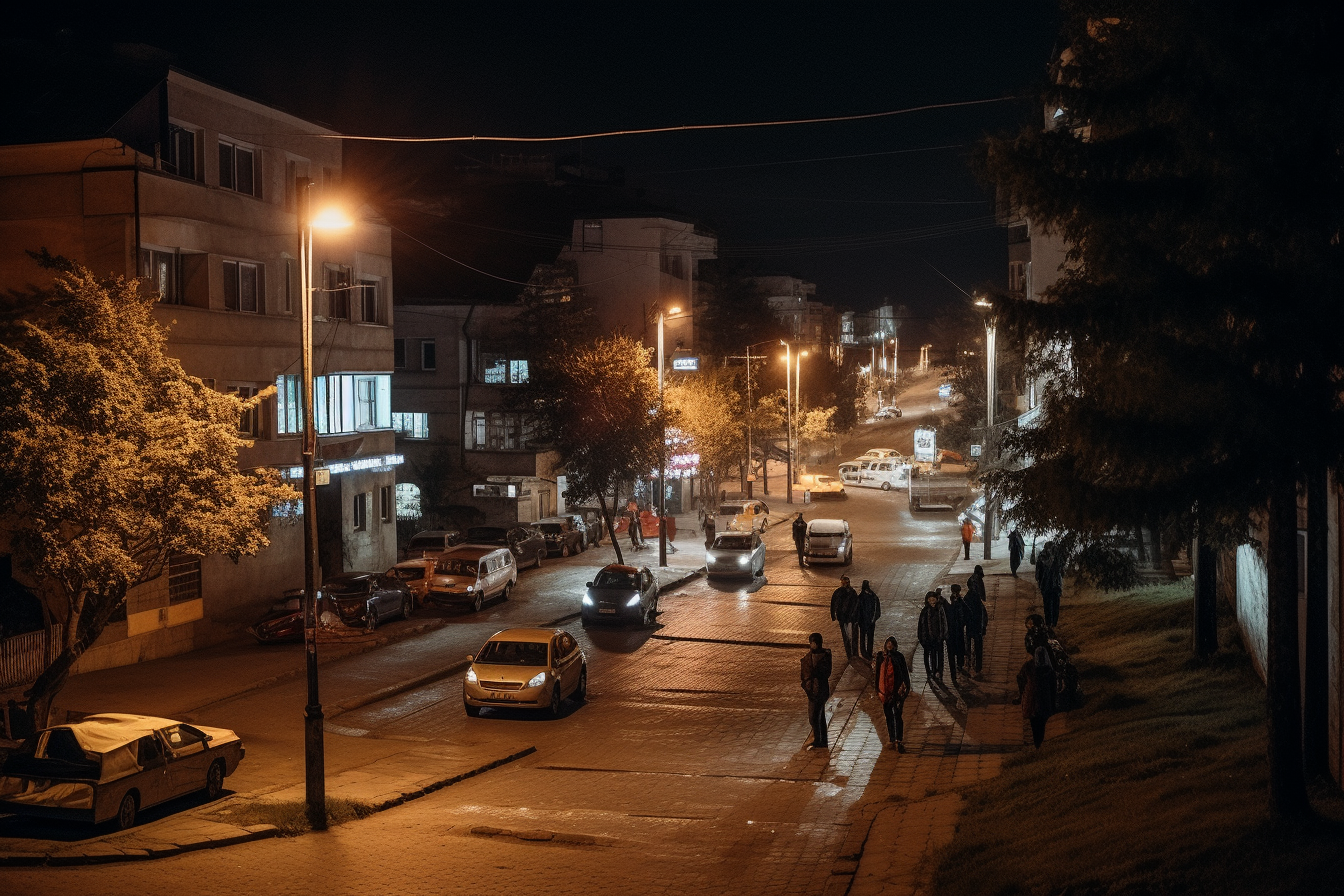A simple guide in taking the best night photography
Night photography can be quite challenging because of the low light conditions.But don’t worry! With the right strategies and techniques, you can capture breathtakingly stunning and atmospheric shots. So, let’s dive into some of the best strategies for taking amazing night photos. Some of your photos may be printed on Acrylic, canvas or white metal prints to make the walls vibrant
Best tools
- Use a Tripod: Since light is limited at night, longer exposure times are often necessary. A tripod will keep your camera steady and prevent blurry images caused by camera shake during longer exposures.
- Low ISO Settings: Start with a low ISO setting (e.g., ISO 100 or 200) to minimize noise in your images. Higher ISO settings can introduce graininess, especially in low light conditions.
- Wide Aperture (Low f-number): A wide aperture (e.g., f/2.8 or lower) lets in more light, allowing for faster shutter speeds. It also creates a shallow depth of field. This can be creatively used to isolate subjects from the background.
- Long Exposure Tip: By extending exposure times, you can capture abundant light and intricate details in your scene. Feel free to experiment with varying exposures. Ranging from a few seconds to several minutes, based on the desired artistic effect you aim to achieve.
- Use Manual Mode: Switch your camera to manual mode so you have full control over settings like aperture, shutter speed, and ISO. This is crucial for achieving the desired look in your night photos.
- Shoot in RAW: RAW files contain more data and allow for greater flexibility during post-processing, especially when dealing with low light situations.
- White Balance: Pay attention to white balance settings. Artificial light sources at night can cast different color tones. Adjust your white balance settings accordingly or consider adjusting it during post-processing.
- Compose Your Shot: Plan your composition carefully. Include interesting elements like city lights, stars, moon, or reflections to create visually appealing images.
- Use a Remote Shutter Release or Timer: To avoid camera shake when pressing the shutter button, use a remote shutter release or the camera’s built-in timer function.
- Experiment with Light Trails: Capture the movement of light sources like car headlights or city traffic by using longer exposures. This can create dynamic and captivating images.
- Bracketing: Take a series of shots at different exposure levels (bracketing) to capture a wider range of highlights and shadows. This can be especially useful when dealing with high contrast scenes.
- Manual Focus: Auto-focus can struggle in low light conditions. Consider switching to manual focus and using the camera’s live view or focus peaking feature to ensure sharpness.
- Noise Reduction: If your camera has a noise reduction feature, consider using it. Additionally, noise can be reduced during post-processing using software like Adobe Lightroom.
- Avoid Overexposure: Pay attention to the highlights, especially in scenes with bright artificial lights. Overexposed highlights can result in loss of detail.
- Practice and Patience: Night photography often requires experimentation and practice. Don’t be discouraged by initial challenges – keep trying and refining your techniques.
Remember that each location and lighting situation is unique. Be prepared to adapt your strategies accordingly. As you gain experience, you’ll develop your own style and preferences for capturing captivating night photos
What are some of the better Cameras to use for Night photography
- Canon: Known for its wide range of DSLRs and mirrorless cameras, Canon offers options for photographers of all levels.
- Recommended Models: Canon EOS 5D Mark IV (DSLR), Canon EOS R5 (Mirrorless)
- Nikon: Another major player in the camera industry, Nikon offers a variety of high-quality DSLRs and mirrorless cameras.
- Recommended Models: Nikon D850 (DSLR), Nikon Z6 II (Mirrorless)
- Sony: Sony has gained popularity for its advanced mirrorless cameras, particularly in the full-frame category.
- Recommended Models: Sony Alpha a7 III (Mirrorless), Sony Alpha a7R IV (Mirrorless)
- Fujifilm: Known for their stylish and retro-designed mirrorless cameras, Fujifilm offers excellent image quality.
- Recommended Models: Fujifilm X-T4 (Mirrorless), Fujifilm X-Pro3 (Mirrorless)
- Panasonic: Panasonic’s mirrorless cameras are highly regarded for their video capabilities as well as still photography.
- Recommended Models: Panasonic Lumix GH5 (Mirrorless), Panasonic Lumix S1H (Mirrorless)
- Olympus: Olympus produces Micro Four Thirds mirrorless cameras known for their portability and versatility.
- Recommended Models: Olympus OM-D E-M1 Mark III (Mirrorless), Olympus OM-D E-M5 Mark III (Mirrorless)
- Leica: Leica cameras are known for their exceptional build quality and image rendering, but they tend to be more premium and expensive.
- Recommended Models: Leica Q2 (Fixed Lens), Leica SL2 (Mirrorless)
- Pentax: Pentax offers rugged and weather-sealed DSLRs, often favored by outdoor and landscape photographers.
- Recommended Models: Pentax K-1 Mark II (DSLR), Pentax KP (DSLR)
When you’re picking out a camera, there are a few things to keep in mind for night photography. First, think about your budget and what plan to use the camera for – whether it’s professional photography, everyday shooting, or specific genres like night photography. You’ll also want to consider the features you desire, like resolution, low-light performance, and video capabilities. And don’t forget that the lens selection is just as crucial as the camera body. So, consider the available lens options for the brand you decide on. Happy camera hunting!
Who are some renouned night photographers
Night photography has attracted numerous renowned photographers who excel in capturing breathtaking and evocative images under challenging low-light circumstances. Their mastery of this art form allows them to create stunning visuals that transport viewers to a world of mesmerizing beauty. Here is a curated list of some noteworthy names who have left an indelible mark in the realm of night photography:
- Todd Hido: Todd Hido is renowned for his evocative and moody night photography, often capturing suburban scenes and landscapes under the cover of darkness.
- Brassai (Gyula Halász): Brassai was a Hungarian-French photographer known for his iconic images of Paris at night during the 20th century. His work captures the essence of the city’s nightlife and its characters.
- Michael Kenna: Michael Kenna is celebrated for his minimalist and serene night photographs, often featuring landscapes, architecture, and industrial scenes.
- Lance Keimig: Lance Keimig is a photographer and author specializing in night photography. He has written books and conducted workshops on the subject, sharing his expertise with others.
- Gabriel Biderman: Gabriel Biderman is a contemporary night photographer who has explored a wide range of night photography techniques and styles, including light painting and urban landscapes.
- Troy Paiva: Troy Paiva is known for his captivating “Lost America” series, where he documents abandoned locations at night, using light painting to create eerie and surreal images.
- Alain Briot: Alain Briot is a photographer who often combines night photography with large format landscape photography, resulting in breathtaking and detailed nighttime scenes.
- Jill Enfield: While primarily known for her alternative photographic processes, Jill Enfield has also produced captivating night images using techniques like wet plate collodion.
- Alyn Wallace: Alyn Wallace is a contemporary astrophotographer and night sky enthusiast, capturing stunning celestial scenes and landscapes under the stars.
- Reuben Wu: Reuben Wu is known for his unique approach to night photography, incorporating light-carrying drones to illuminate landscapes and create otherworldly images.
These photographers have made significant contributions to the field of night photography and have inspired countless others to explore the creative possibilities of capturing images after dark. Studying their work can provide valuable insights and inspiration for your own night photography endeavors.






